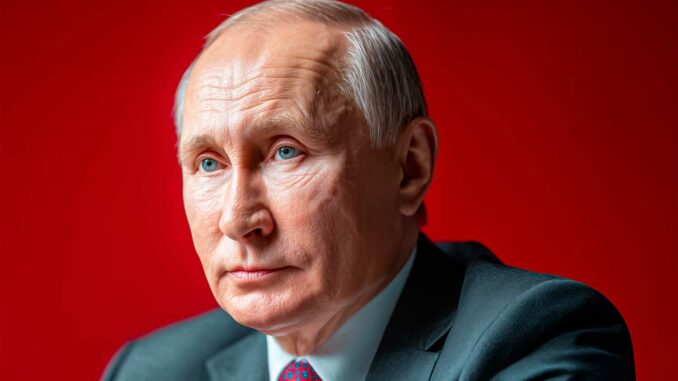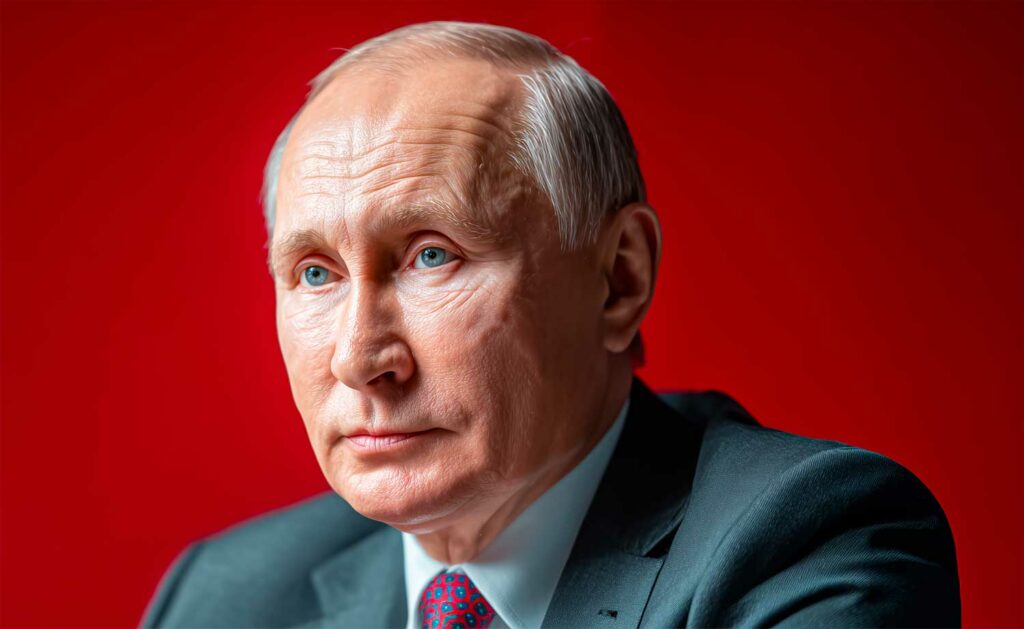
Following the Russian attack in Kyiv that left 26 dead and 150 wounded, Zelensky has bluntly called for regime change in Moscow to stop the escalation.
In the early hours of July 31, 2025, a violent Russian attack struck Kyiv, killing 26 people and wounding more than 150, including 16 children, according to Ukrainian authorities. The assault, characterized by the coordinated use of more than 300 drones and eight cruise missiles, devastated a residential building in the Sviatoshyn district, causing considerable destruction and heightening the sense of terror among the population. In response to this new tragedy, President Volodymyr Zelensky called for a regime change in Russia at a conference in Helsinki, arguing that only profound changes at the top of the Kremlin could prevent further aggression and regional instability.
A large-scale strike on Kyiv
The attack and its human and material consequences
During the night of July 31 to August 1, 2025, more than 300 drones and eight cruise missiles were launched by Russian forces against the Ukrainian capital. The official death toll stands at 26, including three minors, with around 150 wounded, 16 children among the victims. The residential district of Sviatoshyn was particularly hard hit: a multi-story building partially collapsed, and more than 100 buildings—homes, schools, nurseries, hospitals—suffered significant damage.
Rescue workers had to operate in difficult conditions, with residents trapped under the rubble, families devastated, and rescue operations prolonged. Kyiv declared a day of national mourning to honor the victims and mark the gravity of this offensive.
A persistent escalation
This raid is part of a series of systematic attacks against the capital: in July 2025, more than 5,100 guided bombs and missiles, as well as several thousand drones, targeted Ukraine, including Kyiv, exposing an intensification of Russia’s strategy of aerial harassment. These operations are intended to break civilian morale and cause lasting psychological shock.
An unprecedented call for regime change in Russia
The context of Zelensky’s speech
Speaking via videoconference on the 50th anniversary of the Helsinki Accords, Volodymyr Zelensky denounced the bombing as a “deadly spectacle”, arguing that financing peace through Russian assets frozen in Western countries would be more useful than maintaining the military status quo. He insisted that without radical change at the top of the Kremlin, Russia will continue to destabilize its neighbors even after the conflict ends.
Political significance
Zelensky’s call for regime change represents a break with traditional diplomatic rhetoric. It is an unequivocal message to Western allies: justice is not limited to funding or sanctions, but must include a dynamic process of transforming Russian decision-making structures.
The idea of confiscating frozen Russian assets—estimated at several billion euros—and redirecting them to finance Ukrainian reconstruction or peace has also been raised, opening a technical debate on the legal and logistical modalities of such an operation.

Strategic analysis and global challenges
For Ukraine
The immediate challenge for Kyiv is twofold: to protect its population through more effective air defense systems (with Patriot systems soon to be delivered by Germany), and to push the international community to take a more aggressive stance toward Moscow.
On the domestic political front, the Ukrainian parliament has restored the independence of the main anti-corruption bodies, strengthening the democratic credibility of the state in the midst of war and easing public tensions.
For the international community
Zelensky’s appeal raises a delicate question: how far should allies push the confrontation? US President Donald Trump’s comments illustrate this tension: he condemned the attack as “disgusting” but expressed doubts about the effectiveness of sanctions if Vladimir Putin remains in power.
The convening of an emergency session of the UN Security Council demonstrates the diplomatic urgency: allies must decide whether to support a break with the status quo or maintain an approach based on gradual pressure and technical negotiations.
Outlook and future implications
Plausible scenarios
Several trajectories are possible:
- An escalation of economic sanctions, including the confiscation of Russian assets, in order to deprive the Kremlin of resources and strengthen Ukraine’s position.
- An international conference or summit of leaders aimed at creating a clear diplomatic axis favoring political transition in Russia.
- Stronger resilience in Ukraine through the acquisition of new air defense capabilities to reduce civilian vulnerability.
Potential challenges
These policy options carry risks: military escalation by Moscow, divisions among allies over the advisability of imposing regime change, and legal obstacles to property rights and asset transfers.
Zelensky is breaking with the usual diplomatic caution. His appeal sends a clear message: without a transformation of Russian power, the future will be a continuous cycle of violence. The challenge for Kiev is to achieve cohesion and strength among its allies in order to move the lines.
War Wings Daily is an independant magazine.